Cheonghak-dong Etiquette School Seonbi Seodang (청학동예절학교 선비서당)
6.5 Km 43010 2024-03-04
60-10 Wonmuk-gil, Cheongam-myeon, Hadong-gun, Gyeongsangnam-do
Cheonghak-dong, located at the foot of the ridge facing Hadong on Jirisan Mountain, is a village inhabited by 200 residents from thirty families. It hosts several seodangs (village schools), among which Seonbi Seodang stands out for its educational programs focusing on etiquette, character development, and Chinese characters. Additionally, the village offers a variety of experience programs, including traditional culture, farming activities, and perseverance training.
Gurye Yeongoksa Temple (연곡사 (구례))
6.7 Km 26862 2021-02-09
774, Piagol-ro, Gurye-gun, Jeollanam-do
+82-61-782-7412
Yeongoksa Temple is located in Naedong-ri, Gurye-gun and was constructed in 543 by Yeongi, a high Buddhist monk, who also helped create Hwaeomsa Temple. The temple was destroyed during the Imjin War (1592-1598) and the Korean War. In spite of the damage, the temple has continued to house two national treasures and four treasures. Starting from March 1, 1981 with the original Beopdang Hall, the temple began to be rebuilt due to the efforts of the leading monk at the time, Chang Sungbu.
Acording to legend, Yeongi discovered a pond in the current sanctuary area when reading about the land's topography. While he was looking at the middle of the pond, one swallow flew from a whirlpool. After that, the pond began to dry up and the place was then used for the temple. As such, the name Yeongok refers to the phenomenon of "Yeon," a swallow, and "Gok," a valley. There is a memorial plaque for Go Gwang-sun, a patriotic leader who fought against Japanese power during the Japanese colonization period while taking shelter at Yeongoksa Temple
Piagolgyegok Valley (피아골계곡)
8.1 Km 16089 2024-02-02
Piagol-ro, Gurye-gun, Jeollanam-do
+82-61-780-7700
Piagolgyegok Valley is located in Jirisan Mountain between Nogodan and Banyabong Peaks. The name of the valley comes from the crimson red maple leaves that fill the valley in fall. It is also one of the ten most beautiful highlights of Jirisan Mountain. The valley is famous for its fall colors, but it is also a beautiful place to visit all year around, from azaleas in spring to snow-covered rocks in winter.
Near the entrance to Piagolgyegok Valley is the largest temple in Jirisan Mountain, Yeongoksa Temple, and national treasures. The valley is not steep, providing an easy walk for all visitors. The trail stretches 6 kilometers from the ticket booth, and passes many beautiful places like Yeonjudam and Samhongso Pond. At the end of the valley, the trail continues another 2 kilometers up a steep hillside to reach Imgeollyeong Pass.
Ten Scenic Views of Jirisan (지리산 10경)
9.4 Km 38488 2024-04-07
Sandong-myeon, Gurye-gun, Jeollanam-do/ Namwon-si, Jeonbuk-do/ Hadong-gun& Hamnyang-gun& Sancheong-gun, Gyeongsangnam-do
+82-55-970-1000
Its deep valleys and unique mountain formations are what make Jirisan Mountain truly spectacular. It consists of numerous peaks, and is known to be well-preserved and clean. Ten Scenic Views of Jirisan Mountain are particular memorable and simply breathtaking.
Perhaps Jirisan Mountain’s most signature highlight is its incredible sunrise; the scarlet sunlight from the horizon in the east is spectacular, and arguably the best place to watch it in Korea. The second highlight is Piagol Autumn Leaves. At the village, walk 10 minutes further towards Piagol and you will come to a pine forest at the edge of Jeollanam-do and Gyeongsangnam-do. It is called Piagol, the best broad-leaved tree forest in Jirisan Mountain area. The autumnal colors of Piagol are some of the best in the world. Every year the Autumn Leaves Festival is held here. The third notable highlight is the Nogodan Sea of Clouds. Located to the west of Jirisan Mountain, Nogodan Peak is said to boast the most outstanding views of Jirisan Mountain. If you climb up to the peak following the Hwaeomsa Valley, at times the sea of clouds are visible from below the peak. The fourth selected highlight is Banyabong’s Sunset. Banyabong Peak is a huge dome shaped feature. One of the big joys of climbing Banyabong is to see the sunset. The fifth notable feature is the full moon; the beautiful scarlet sky together with the black mountain line produce an exquisite painted background to the rising of the moon. The sixth highlight is the royal azalea blossoming between the rocks. In the spring, the royal azaleas blanket the mountain. There is a field that extends 1,200 meters in the southern area of Jirisan Mountain covered with flowers known as Royal Azalea Plateau. The seventh feature is the deep waterfall between the peaks of Cheonghakbong and Baekhakbong. The 60-meter waterfall produces a tremendous sound. The eighth is the vast view of the mountain range towards Cheonwangbong Peak. The ninth feature is the Chilseongyegok Valley. With its roots in Cheonwonbong Peak, it is one of our nation’s three best valleys. According to legend, seven gods are said to be living in Chilseongyegok Valley. Finally, the tenth most scenic feature is Seomjincheongryu. Flowing southwesterly across Jirisan Mountain and into the south coast, the Seomjingang River is so clear that it is sometimes compared to blue silk. The white sandy beaches on either side of the river are also very beautiful.
Hadong Agyang [Slow City] (경남 하동 악양 [슬로시티])
9.5 Km 11880 2021-02-02
357, Agyangseo-ro, Hadong-gun, Gyeongsangnam-do
+82-55-880-2370
Agyang-myeon is located in Hadong-gun, Gyeongsangnam-do, surrounded by Jirisan Mountain and cut through by the Agyangcheon Stream. The unique geographical features allow the village to grow 80% of all persimmons harvested in Hadong. The area is also famous for its green tea, brought over from China during the Unified Silla period.
Choi Champandaek (House of Choi Champan) (최참판댁)
9.5 Km 29015 2021-12-16
66-7, Pyeongsari-gil, Hadong-gun, Gyeongsangnam-do
+82-55-880-2651
The House of Choi Champan is known as the setting of the famous novel "Toji" ("The Land") by noted novelist Park Kyongni. Located in a small folk literature village in Agyang-myeon, Pyeongsa-ri along the Seomjingang River at the foot of Jirisan Mountain, Choi Champandaek consists of fourteen hanok (traditional Korean house) buildings.
Also used as the main set of the drama version of "Toji" (2004), Choi Champandaek gives visitors a look at the life of Korean people in the late Joseon era. The house has not only made its appearance in many films, but is also a valuable cultural asset of Hadong-gun.
The Daecheong Maru (wooden-floored hall) connected to the Sarangchae (men’s quarters in a hanok) offers a wide view of the vast field of Pyeongsa-ri and gives an opportunity to meditate and reflect while appreciating the beautiful surroundings. Located in the vicinity are numerous tourist attractions including the Pyeongsari Literature Center, Hwagae Market, and Ssanggyesa Temple. During fall season every year, Choi Champandaek hosts the Toji Literature Festival.
Almost Home Stay Hadong [Korea Quality] / 올모스트홈스테이 하동점 [한국관광 품질인증]
9.5 Km 6 2024-01-18
75 , Pyeongsari-gil, Hadong-gun, Gyeongsangnam-do
+82-10-2086-5330
Almost Homestay Hadong is a hanok stay in Pyeongsa-ri, Akyang-myeon, where the Seomjin River flows down from Jirisan Mountain, Jeollanam-do. The accomodation is in several different configurations: the two-storey Ilyeongjae and Wolyeongjae are both rented out as houses; Yeonhajae and Hoeramjae, which are single-storey with numaru(a raised open floor); while Unrakjae and Hoegyeongjae have several rooms with bathrooms, each rented out. Only the "Hoegyeongjae-1" room is equipped with Numaru. Cooking strong-smelling food in guestrooms is not allowed.
Toji Literature Festival (토지문학제)
9.5 Km 848 2020-09-17
76-23, Pyeongsari-gil, Hadong-gun, Gyeongsangnam-do
• 1330 Travel Hotline: +82-2-1330 (Korean, English, Japanese, Chinese) • For more info: +82-55-880-2363
Toji Literature Festival is held annually in Hadong-gun, the setting of one of Korea's greatest historical novels, Toji, written by Park Kyongni. The festival pays tribute to the novel Toji, depicting the modern history of Korea between the years of the Donghak Revolution in 1897 and the Liberation of Korea in 1945. It has become one of the nation’s major literature festivals.
Maeam Tea Museum (매암차문화박물관)
9.6 Km 23640 2020-07-04
348, Agyangseo-ro, Hadong-gun, Gyeongsangnam-do
+82-55-883-3500
Maeam Tea Museum originally started from a tea garden established in 1964 by Gang Seongho. The tea museum features hands-on programs that allow participants to directly experience the process of making tea and also learn about proper tea culture. It aims to become an experiential museum.
Pyeongsari Field (평사리들판)
10.3 Km 29471 2022-08-26
Pyeongsari-gil, Hadong-gun, Gyeongsangnam-do
+82-55-880-2651
Pyeongsari Field was created by Seomjingang River flowing through the canyon which attracted people to form a village. The field served as the central farming field and fed the villagers for many years and appeared as a setting in Park Kyongni's novel "Land." Pyeongsari field is one of the largest fields found along Seomjingang River, boasting a size of 2,743,801 ㎡.
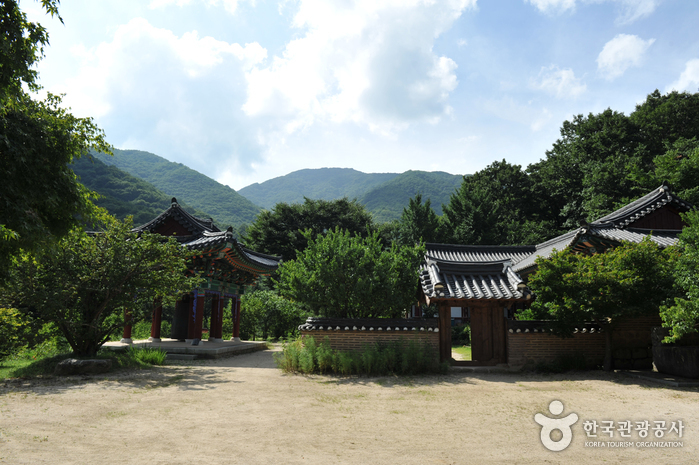

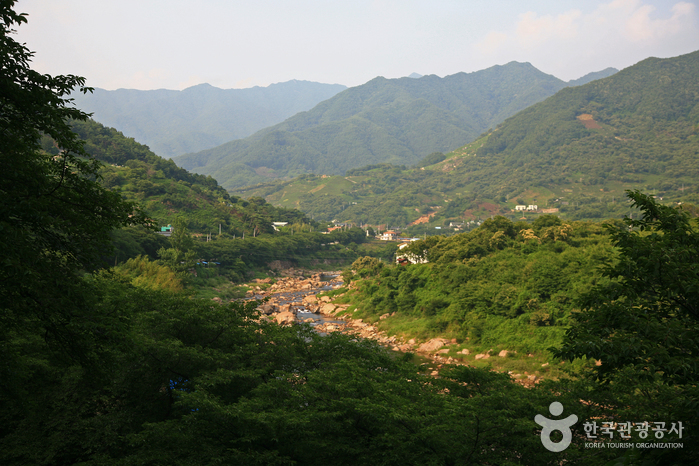
![Hadong Agyang [Slow City] (경남 하동 악양 [슬로시티])](http://tong.visitkorea.or.kr/cms/resource/06/2026206_image2_1.jpg)
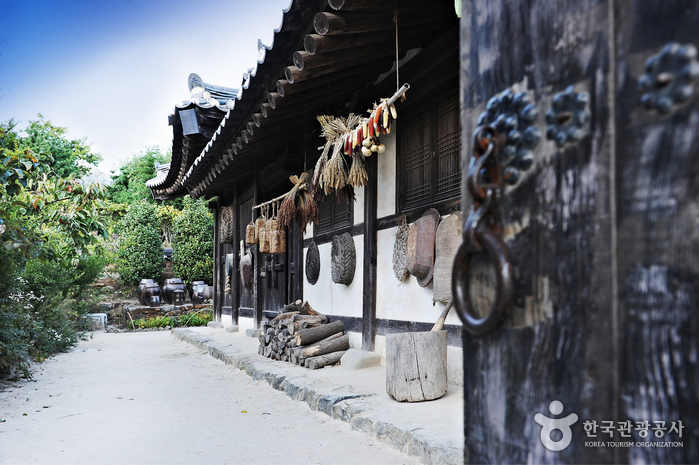
![Almost Home Stay Hadong [Korea Quality] / 올모스트홈스테이 하동점 [한국관광 품질인증]](http://tong.visitkorea.or.kr/cms/resource/77/2709977_image2_1.jpg)
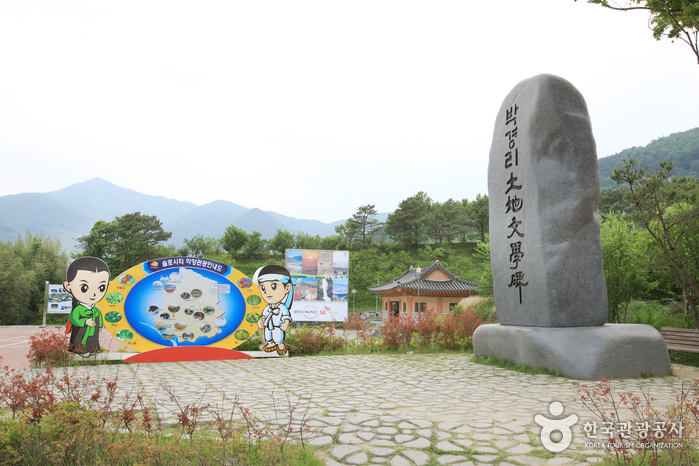
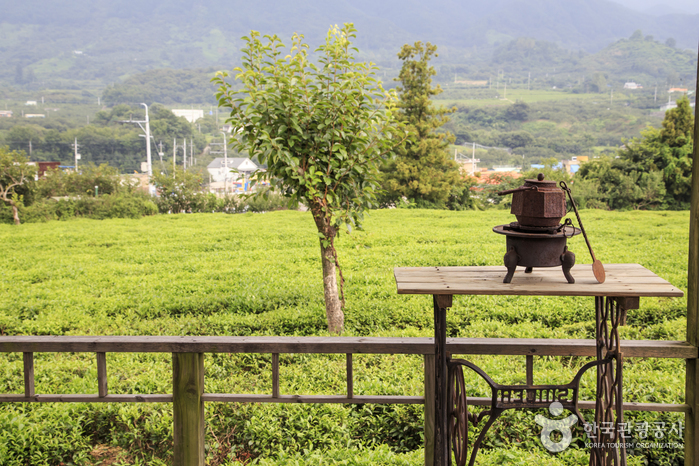
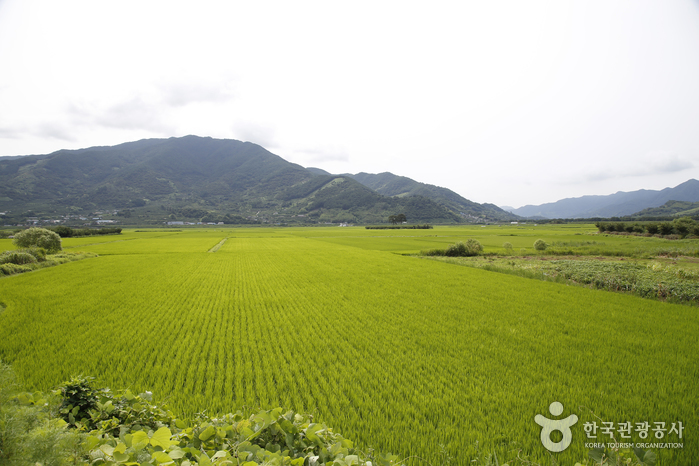
 English
English
 한국어
한국어 日本語
日本語 中文(简体)
中文(简体) Deutsch
Deutsch Français
Français Español
Español Русский
Русский